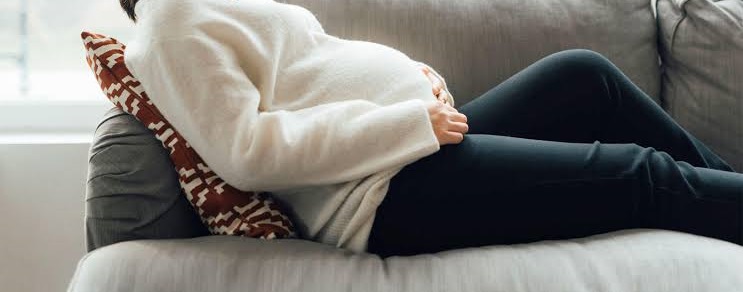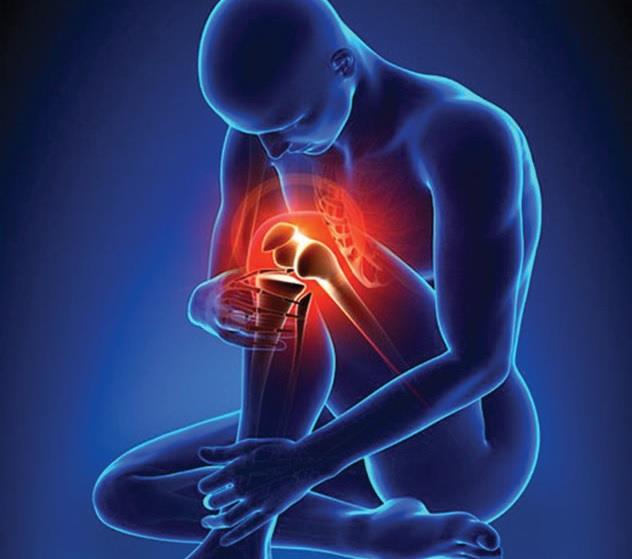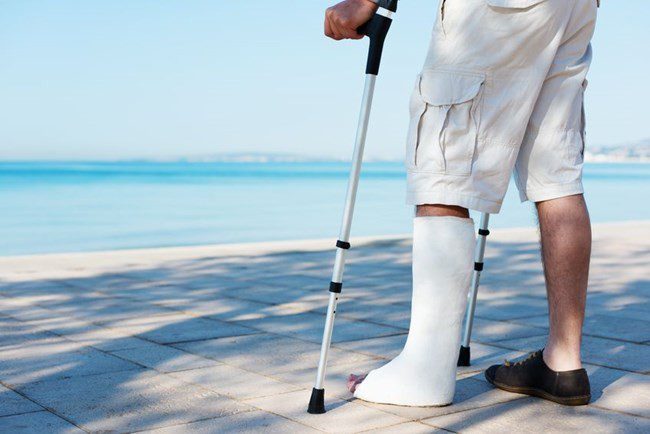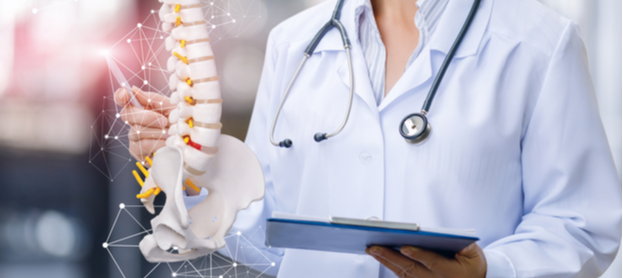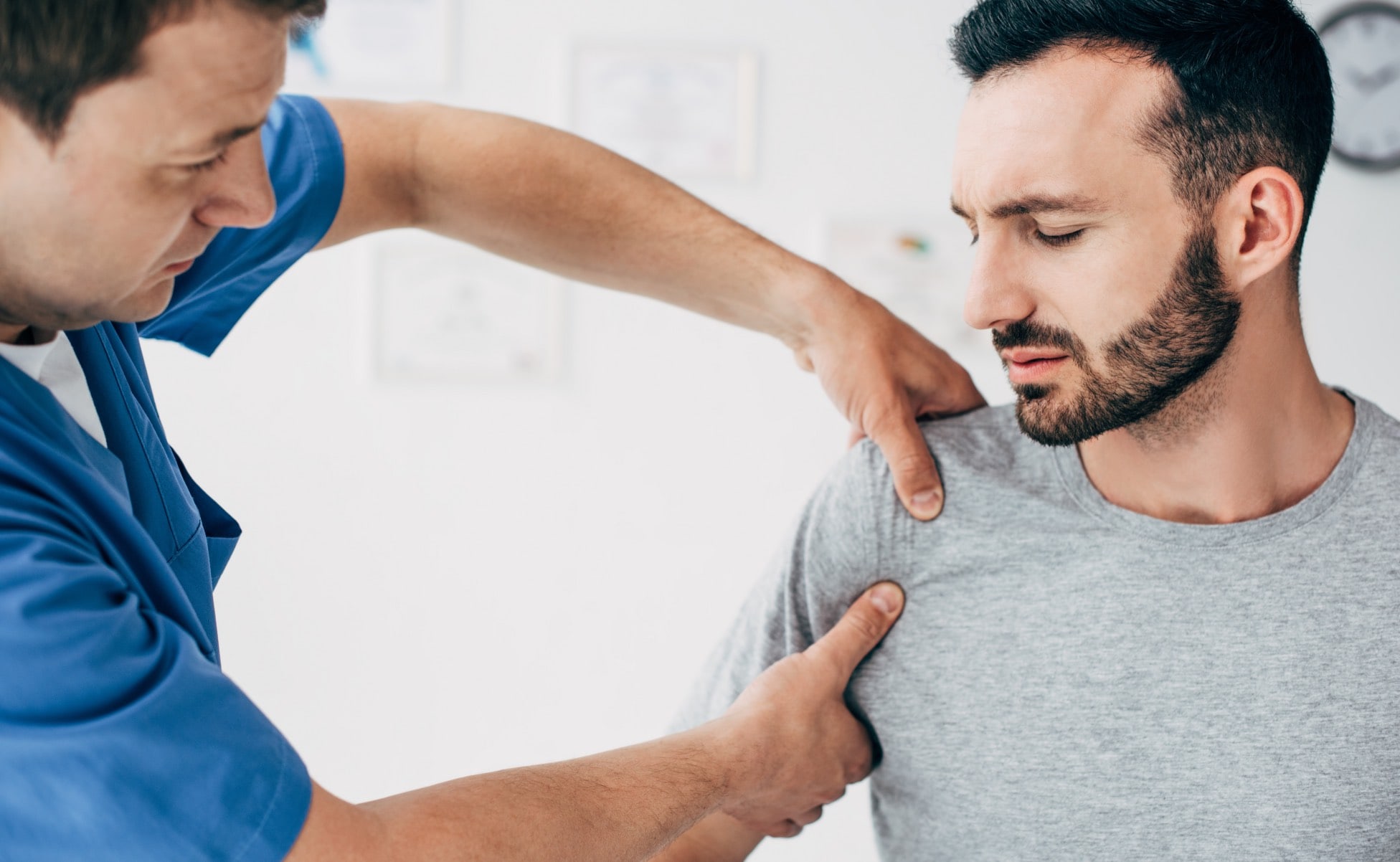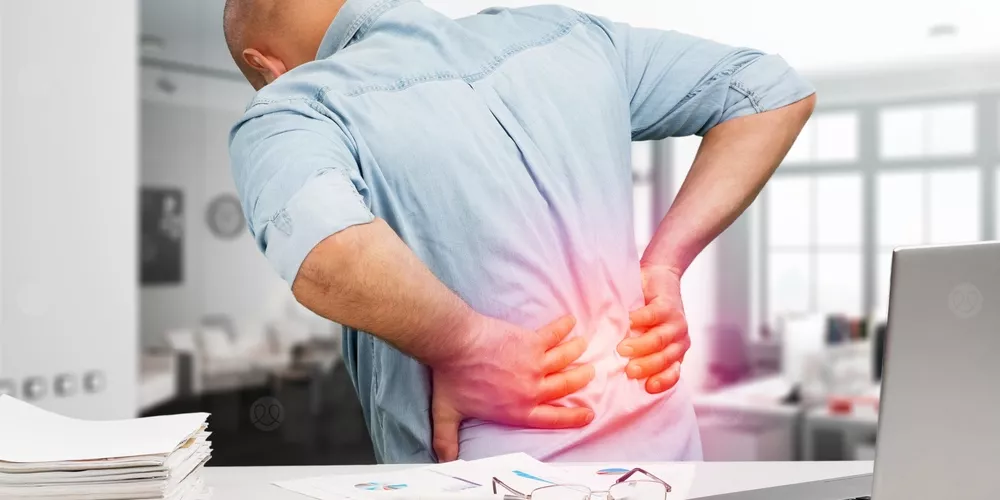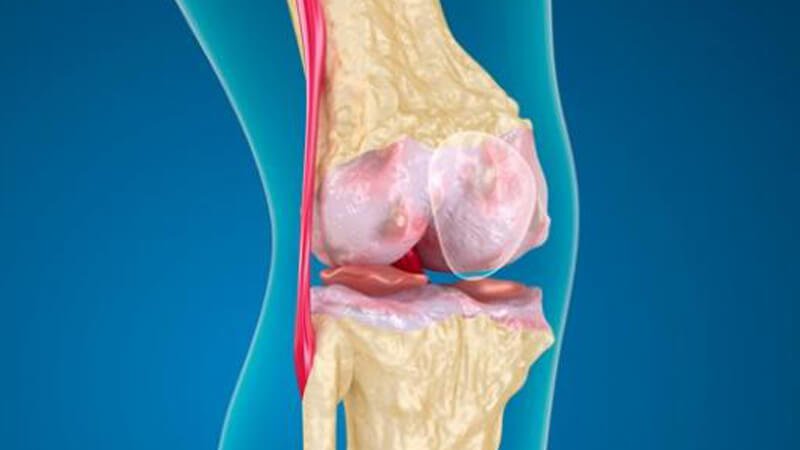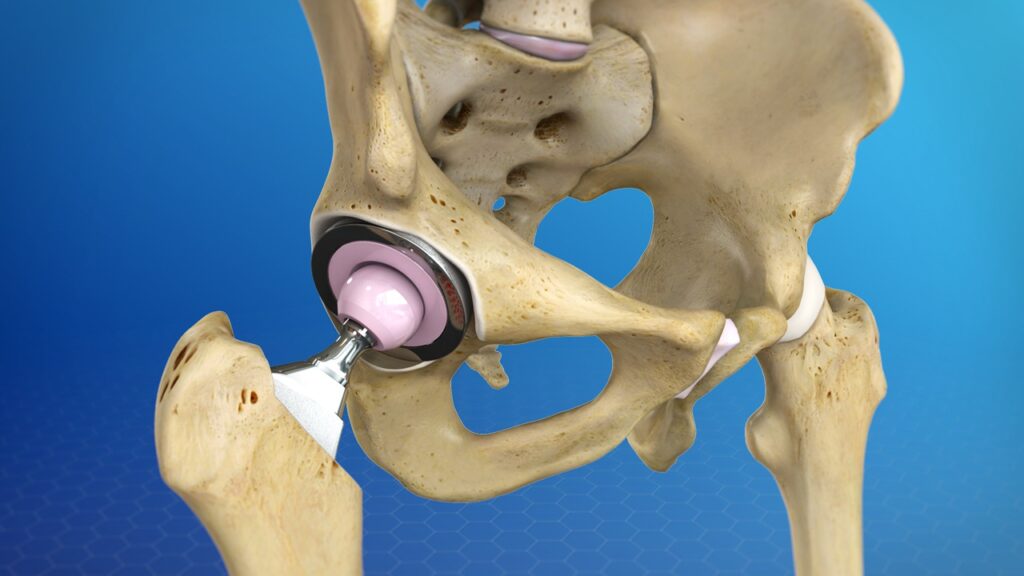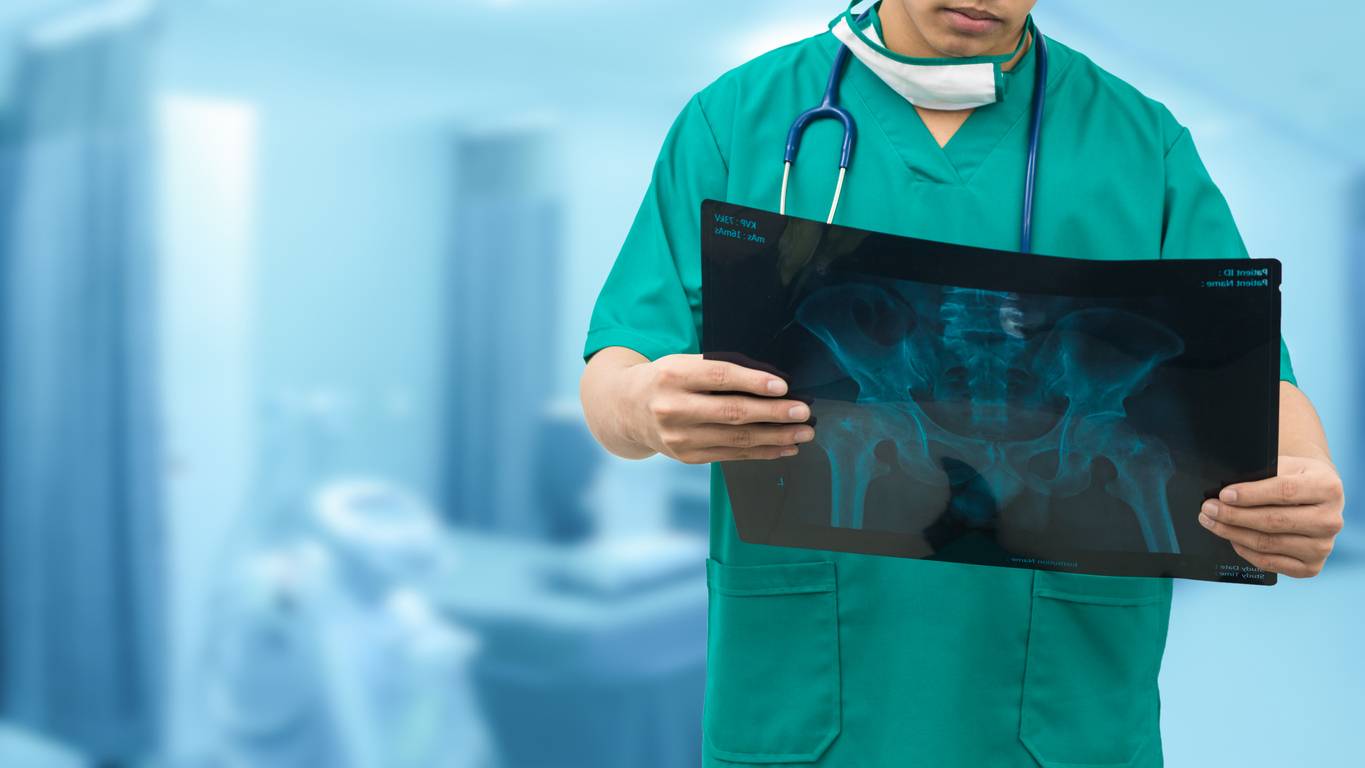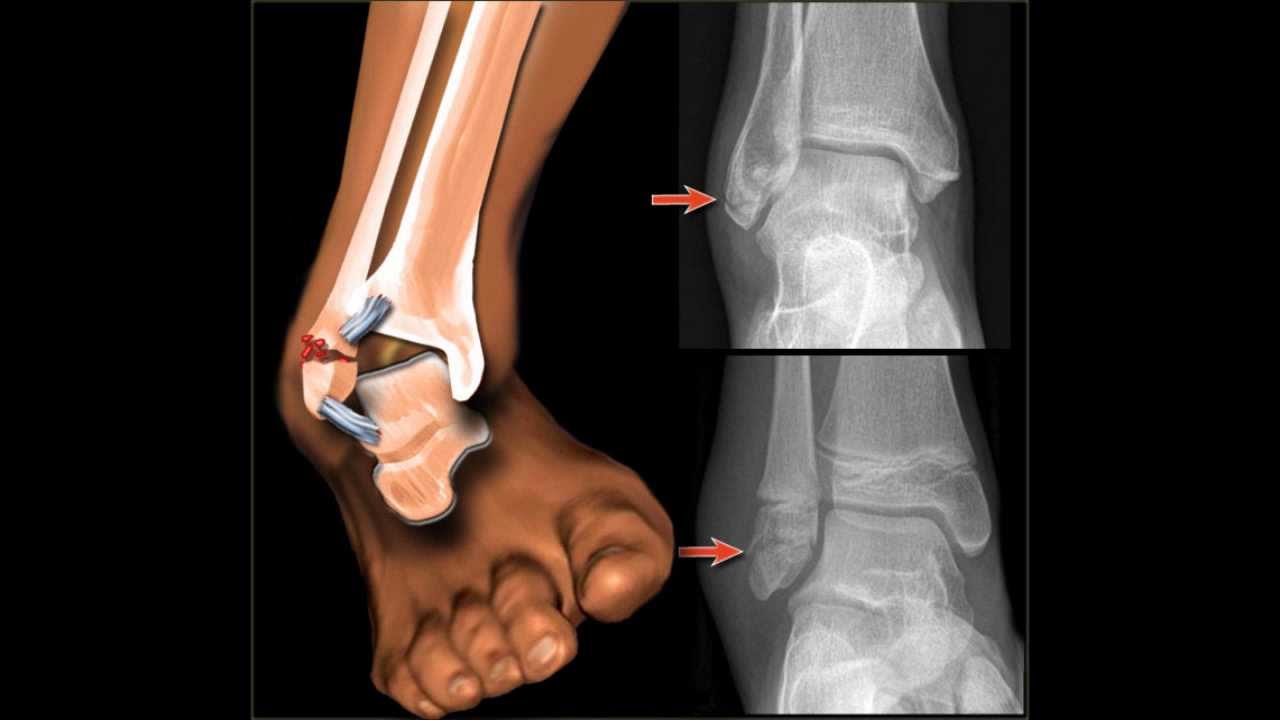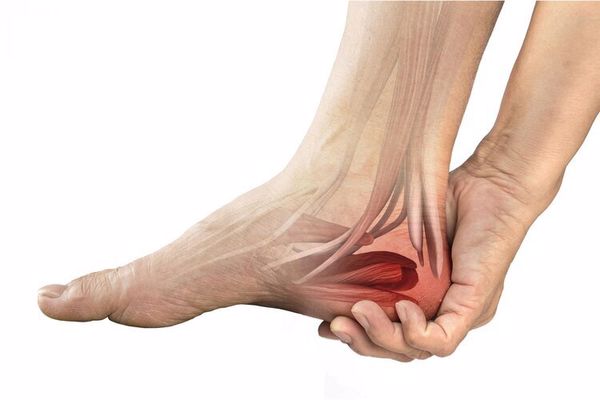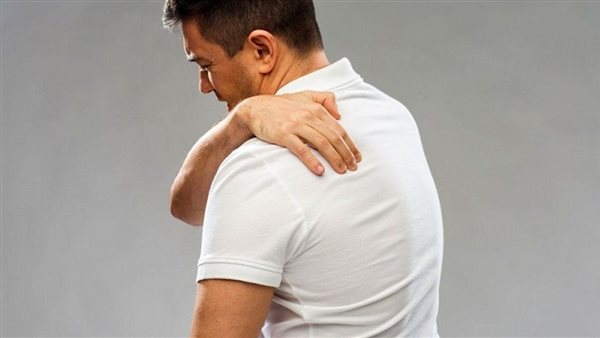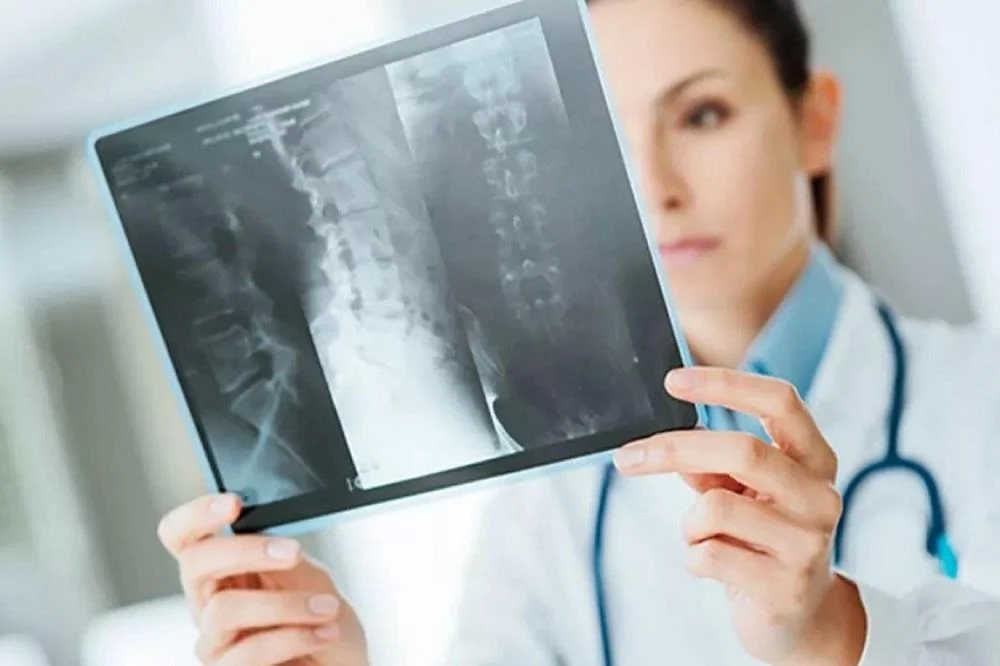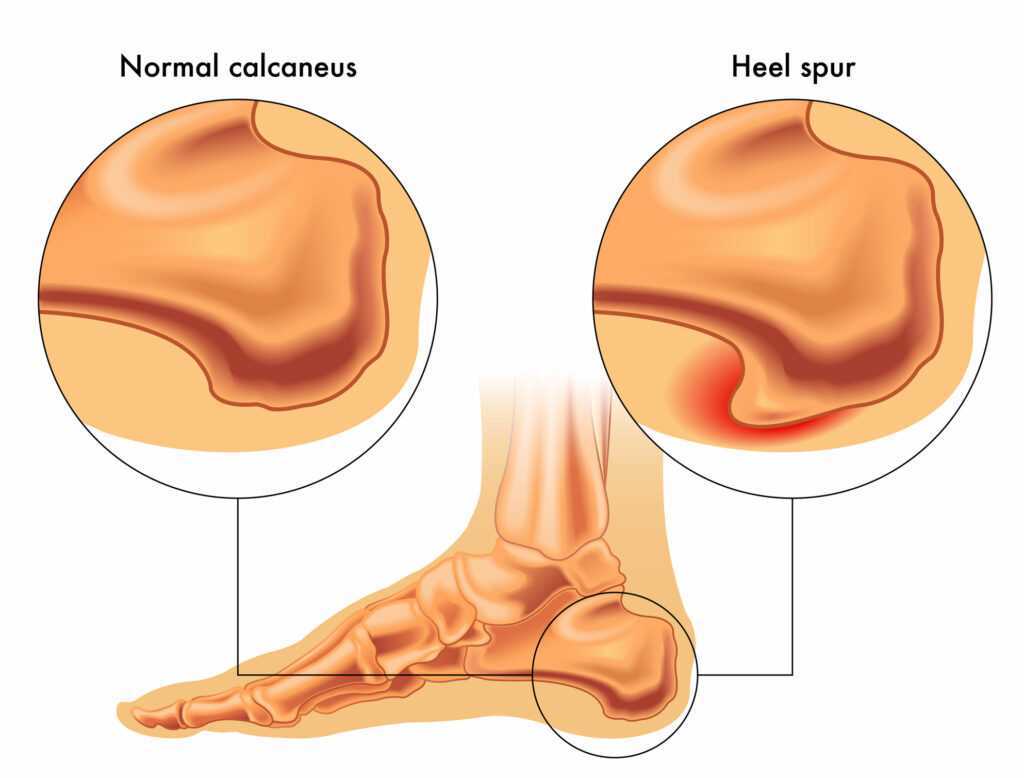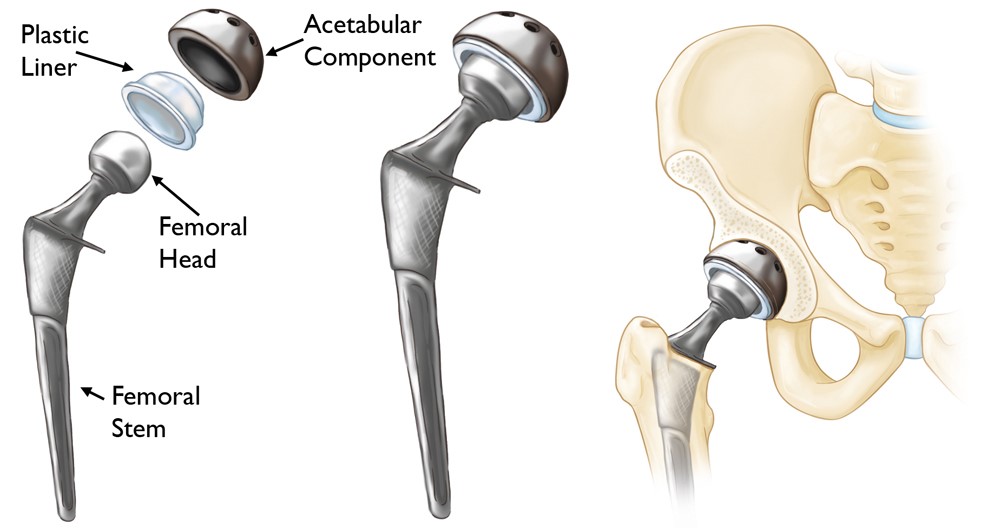Learn more about the inward curvature of the knee
The curvature of the knee from the inside can be treated in a very simple way if it is at the beginning, but if the matter is ignored, then the treatment may reach in that case surgical intervention. In the following article, we will learn about the most important symptoms that appear on the patient and how to treat them well, so let us read the following.
Inward curvature of the knee
Inward curvature of the knee is a bending of the legs inward at the knee, and this prevents the ankles from meeting without moving one knee in front of the other. The natural alignment of the legs is in the natural position of standing so that all of the hips, knees, and ankles are on a straight line, and that line passes through the center of the knee In the event of an internal curvature of the knee, this straight line passes through the outer part of the knee, and this matter affects the individual at any stage of his life.
Symptoms of the inward curvature of the knee
One of the symptoms of inward curvature of the knee is that the foot and ankle are farther apart than usual, and the gap between the ankles reaches 8 cm, which is just over 3 inches, and this is accompanied by many other symptoms, such as:
- Feeling pain in the knee.
- Limping while walking.
- Loss of balance in the knee joint.
- Lack of ability to move freely in the thighs.
- Having pain in the foot or ankle.
- Inability to touch the feet while standing and knees together.
- Difficulty walking normally.
- Gradual degeneration of the knee joint.
- Curvature puts extra pressure on the knee, which causes inflammation in the joints.
Inward knee curvature treatment
The method of treating inward curvature of the knee differs according to the severity of the curvature, the speed of its development, and the main reason behind the occurrence of this curvature from the beginning, even if the degree of curvature is small, it is possible to receive treatment without any surgical intervention, and this does not help to get rid of the curvature, but it reduces the symptoms and damage to the curvature, and the curvature of the knee is treated inward through the following methods:
- Weight loss: Keenness to lose excess weight helps reduce pressure on the knees, which helps stabilize the legs and slow the progression of the bow over time.
- Performing some exercises: Doctors recommend doing some physical therapy exercises that strengthen the thigh and leg muscles and help maintain the stability of the knees.
- Medications: The doctor advises the patient to take some anti-inflammatory medications to relieve symptoms and pain.
- Non-surgical straightening: If the feet are not equal in length, padding can be placed in the shoes or the shorter leg, as this reduces the pain that the individual feels when walking, but this does not treat the patient from the curvature.
Inward knee curvature for children
Many reasons lead to inward curvature of the knee in children, such as:
- There is no specific cause that can be identified.
- Suffering from nutritional rickets and a deficiency in vitamin D.
- Normal developmental knees with a peak of 3 to 4 years.
- Renal rickets, which is associated with renal failure.
- Rickets due to hypophosphatemia (vitamin D-resistant rickets).
Thigh muscle weakness and knee pain
Suffering from weakness in the thigh muscles and the presence of knee pain has many causes, some of which can be resolved by doing some exercises and following a healthy lifestyle, and others may have many pathological causes that take longer to treat, and for example Those reasons:
- Feeling tired in general.
- Not drinking large amounts of water.
- Fluctuating blood sugar levels.
- Suffering from obesity.
- Having thyroid disorders.
- Cartilage erosion and some changes due to age.
- Exposure to a direct or indirect knee injury, such as a rupture of the tendons and ligaments.
- The presence of neurological causes that result from the disc or pressure on the lower vertebrae of the spine.
- The occurrence of inflammation in the joints such as the knee or thigh joint, or the occurrence of inflammation in the lower vertebrae.
- Spinal cord injuries.
- A sudden drop in blood pressure.
Inability to bend the knee
Many reasons lead to the loss of the ability to bend the knee and the feeling of severe pain during this, for example:
- Exposure to an injury: as this may result in a rupture of the ligament or cartilage, and individuals may be injured in the knee joint during sports or daily activities or as a result of a sprain in the knee, and sports persons are more susceptible to such injuries.
- Gout disease: It is considered a form of arthritis and most likely affects the big toe and may affect other parts of the body such as the knee.
- Osteoarthritis: It is considered one of the most common forms of arthritis and has a significant impact on the knees, and it is most common among those over 60 years old.
- Rheumatism: This results in stiffness in the joints and knees, especially in the morning.



